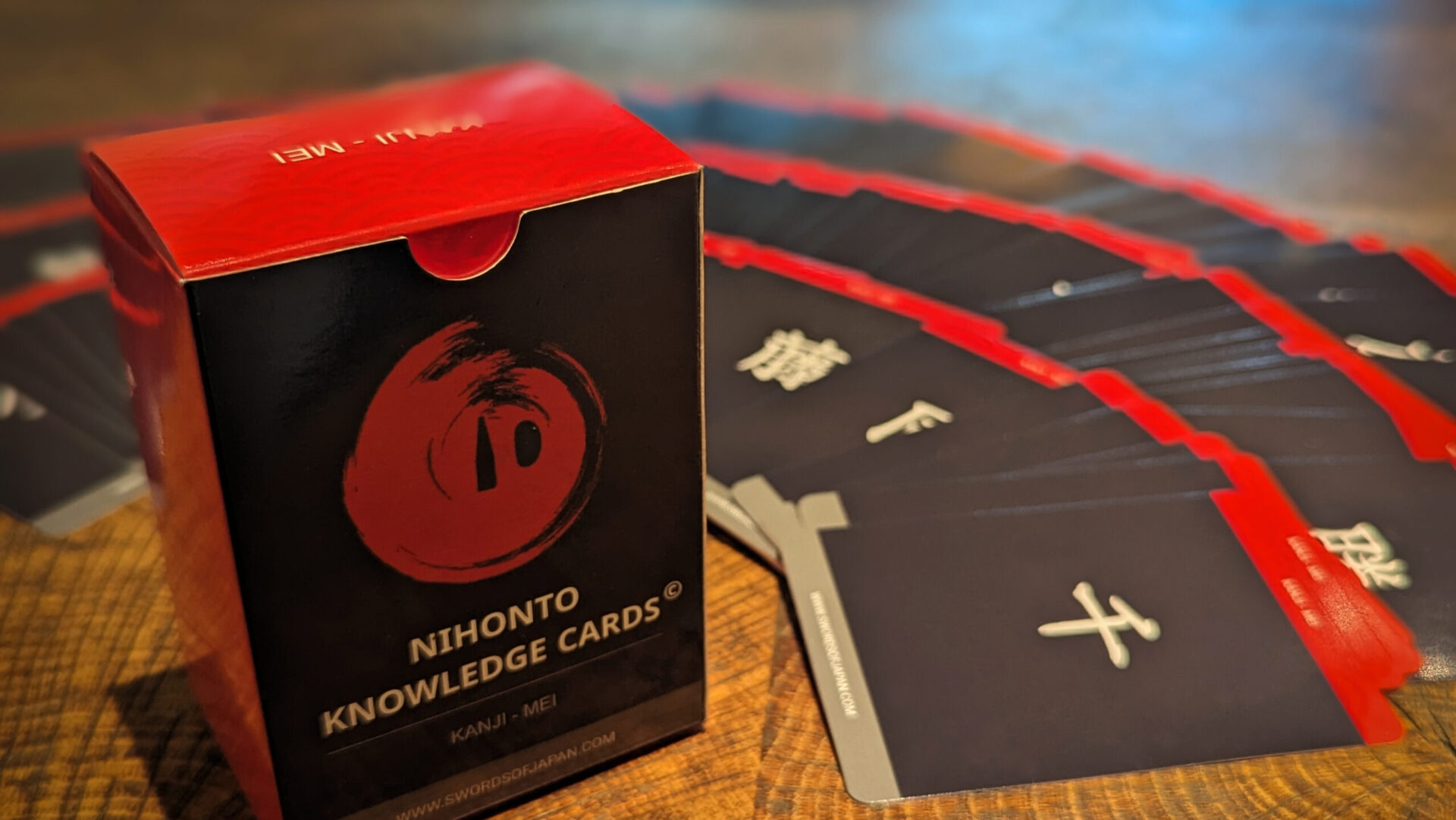In the Bakumatsu period, the practice of Aratameshi was developed. The obvious difference between Aratameshi and Tameshigiri is that cadavers were not used in this new form of sword testing. Dr. Fukunaga Suiken often mentioned the details of Aratameshi in many of the books he wrote. The following is a paraphrased version of one of…
5 Guidelines for the Beginning Collector of Japanese Swords
I am frequently contacted by collectors beginning in this field, who are looking for helpful guidelines that they can safely follow when starting their collection.
Morikami Exhibition
In the summer of 2014 I was fortunate to have had the opportunity to organize and set up an exhibition of fine Japanese Swords at the Morikami Museum. This display occupied a large portion of the show “Masterpieces from South Florida Collections”. Appreciation goes out to Jon Healy and Joe Forcine for contributing swords to…
Nisei Week Display 2000
Tachi 1492 66.7 Cm Sôshû Hirotsugu SagamiKoshirae 1830 76.0 Cm Satsuma Mon Koshirae SatsumaTachi 1185 77.9 Cm Yamato Ko-Senjuin YamatoKatana 1469 68.4 Cm Fujiwara Ason Ietsugu KagaKoshirae 18th Century Mon, Dragons, and Kiku UnknownKatana 1469 75.1 Cm Nio Kiyohisa SuwoDaisho-Tô Kotô Daisho-Tô & KoshiraeKatana 1567 66.7 Cm Osafune Sukesada BizenKoshirae Middle Edo KoshiraeKatana 1500 73.1…
Yasuie
Tachi signed Hakushû Yasuie. This tachi was designated Jûyô Bijûtsû May 27th 1937. This tachi is 2 shaku 2 sun 7 bu long. It’s number in the Jûyô Bijûtsû (JB) set is 309, and Yamanaka lists it first. It was submitted to the police for registration in Noshiro, Akita Prefecture (Northern Japan) on October 10th…
Tomonari
This article is to celebrate a magnificent sword that was on display at the Sword Museum in Yoyogi in September 1996.
Tomomura
A tachi signed Tomomura. It was designated Jūyō Bunkasai on September 24th, 1941, and is 2 shaku, 6 sun, 2 bu long – 79.4 cm. The owner the Sahara Hachimangu Shrine submitted this to the Oita Prefecture Police on January 19th, 1946. They turned it over to the Occupying Forces. These Forces were only remembered…
The Swordsmiths of Sôshû
by Jim Kurrasch Minamoto Yoritomo established the Bakufu in Kamakura. This was at the begging of the Kamakura Period. Kamakura became the capital of Japan, so it made sense that sword making suddenly became very important there. This new fame brought sword smiths from the best Kaji at the time in Japan. Ichimonji Sukezane came…
The Swords of Sôshû
by Jim Kurrasch In the history of Japan there were many well noted important swords, those of Sôshû had a very good representation of these. In 1714 (the 4th year of Kyôho) the Kyôho Meibutsu Cho was written, by the Honami, at the order of the Tokugawa Shogunate. It was a set of 3 books…
The Bizen Tradition
by Jim Kurraschfrom the August 1996 Nanka Token Kai NewsletterMost of the Gokaidô, where established in important political centers. When Yamato began Nara was the Imperial Capital. When the Capital moved to Kyôtô, sword manufacturing took off there also. The Sôshû Tradition was started in Kamakura when after that became the military seat of power.…







